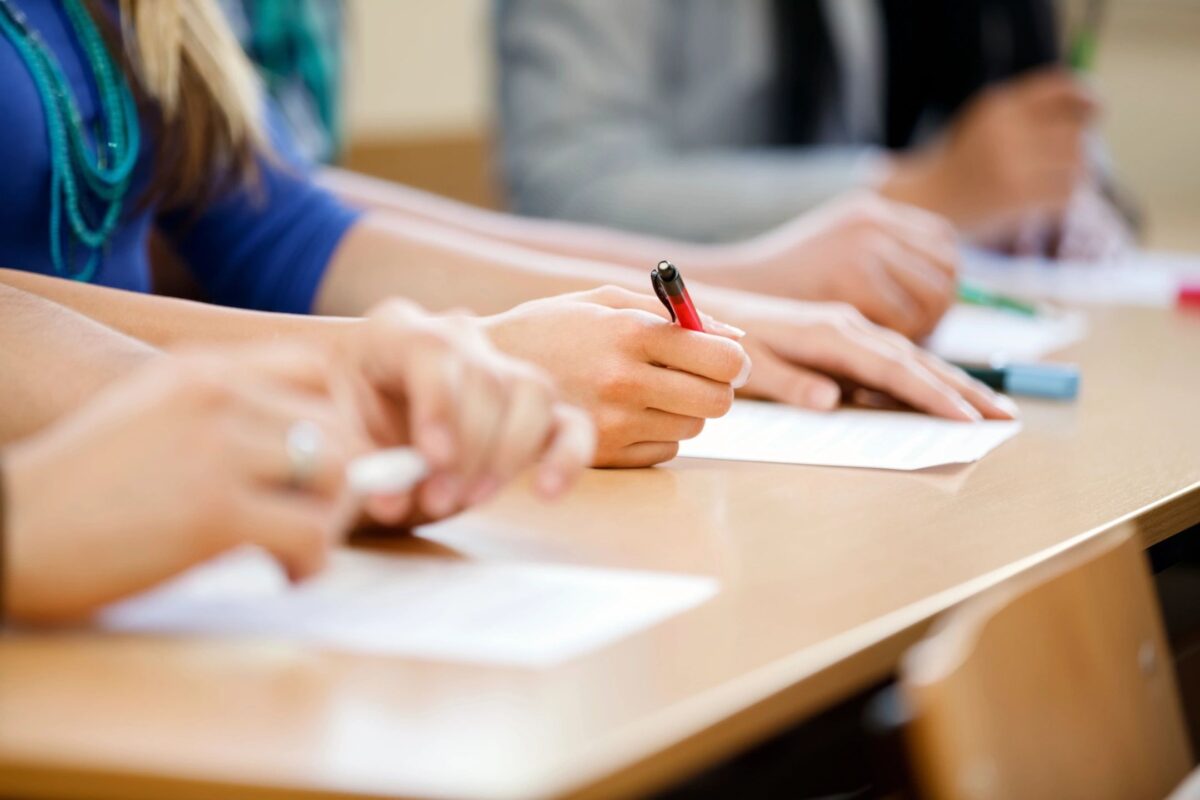You are teaching in a third grade classroom. Most of the students are on-task except for Benjamin and Emily. Benjamin is talking to anybody and everybody in his immediate vicinity and missing most of the instruction.
Emily is quiet during instruction but starts talking during every transition and is often the last one to get her materials ready for the next part of the day.
There are a couple ways a teacher could address each of these students. One is to give them some form or negative consequence (move down on a color-coded chart, address their negative behavior in the middle of a lesson, take away part of recess). Another option is to use positive reinforcement (acknowledging the positive behavior of the students who are meeting the desired expectations, give some form of positive reward).
This year my school placed an emphasis on school-wide PBIS (Positive Behavior Interventions and Supports). One of the big shifts focuses on, and rewards, the positive behavior in the building instead of handing out consequences for negative behavior. We give students “money” they can use to buy rewards at a school store. (It’s called Cougar Cash in our building because of our District mascot.)
There are some tangible objects in the store students can buy, like pencils, stress balls, etc. What they really enjoy are the experiences with teachers and staff – sit in the teacher’s desk for the day, help with the morning announcements, or bring a stuffed animal to school. Teachers have also been encouraged to create experiences. For example, I offer lunch with me and three friends, and I provide ice cream. (Side note, I’ve had to run a lot more this school year to work off all the ice cream lunches I’ve had with students.)
New research has found that positive praise is closely correlated to on-task behavior. The study focused on teachers from kindergarten through sixth grade. Researchers observed classes for 20-minute periods and recorded praise, reprimands, and “student on-task behavior.”
When researchers looked at positive praise and on-task behavior, they found a linear relationship. The more praise students received, the more they were on-task. According to the study, “any increase of teachers’ PRR (praise-to-reprimand ratio) appears to lead to increased students’ on-task behaviour in elementary school classrooms.”
Teachers are usually encouraged to have a praise-to-reprimand ratio of 3:1 or 4:1. This research, however, suggests that teachers can praise students at a ratio greater than 4:1 and will continue to see an increase on-task behavior.
I’ve seen this work first-hand. There are two primary students in our building who walk past my room every day to go to intervention. Actually, it was more like skipping past my room. The first time I saw the two students, I told them how important it was to slow down, so they wouldn’t get hurt. The next day, they were skipping again. We had a similar conversation, but this time I told them I was hoping to catch them walking the right way the next day, so I could give them some Cougar cash. What do you think happened the next day? The two boys were the textbook example of how you should walk in the hall. They were quiet, in a straight line, and, most importantly, walking. I gave them each some Cougar Cash, and told them how proud I was to see them walking in the hallway. The next day the intervention teacher stopped to tell me how pleased the two children were to receive the positive reinforcement.
Let’s revisit that third grade classroom and think of how to address Benjamin and Emily. The research shows that highlighting the positive behaviors in the classroom will go much farther than pointing out Benjamin and Emily’s negative behavior. Instead of reprimanding them, let’s give students around them praise and reward. It will help the entire classroom, the teacher, and Benjamin and Emily.
